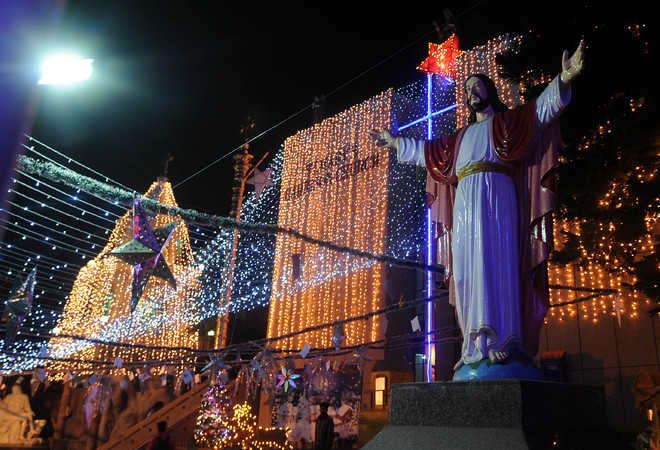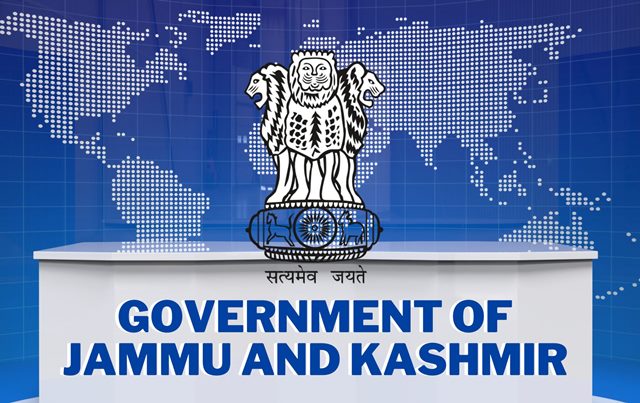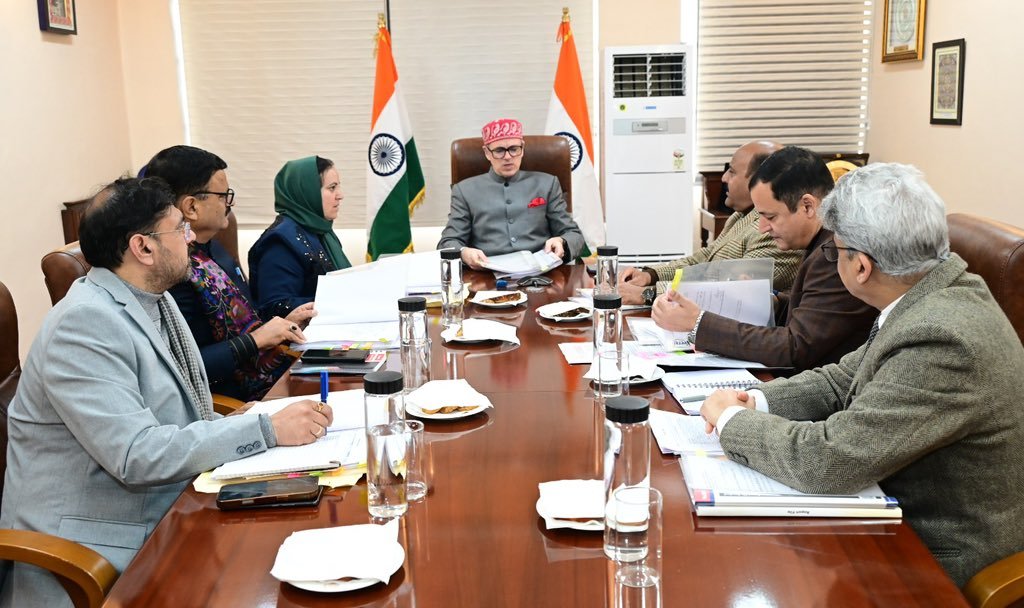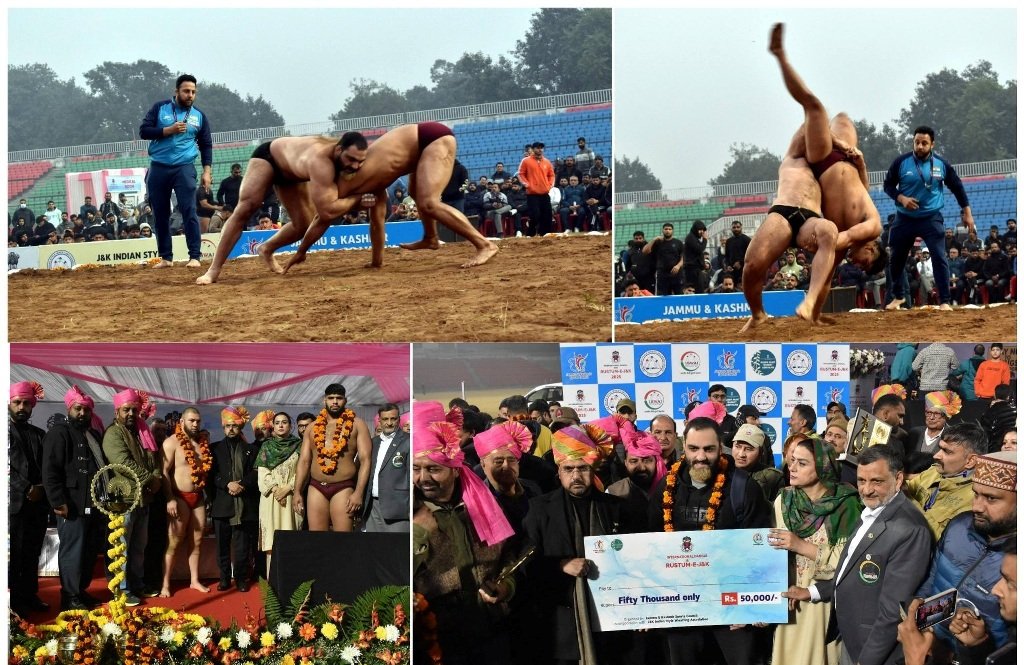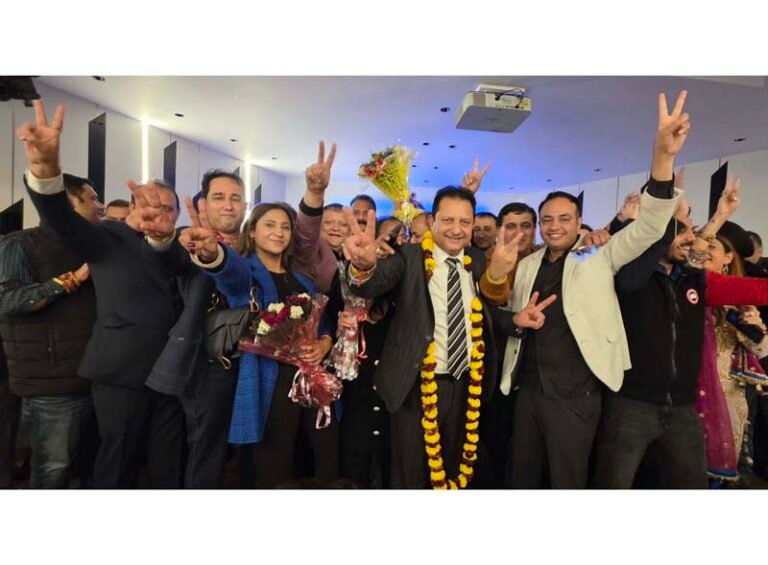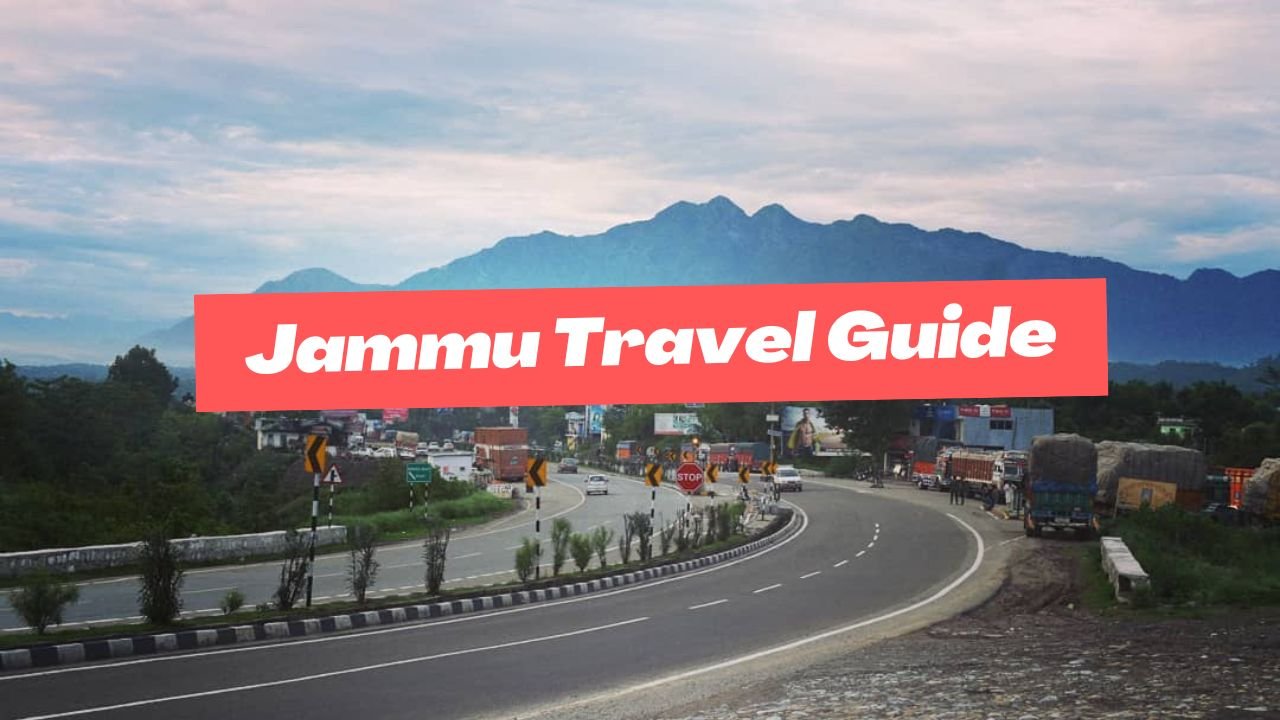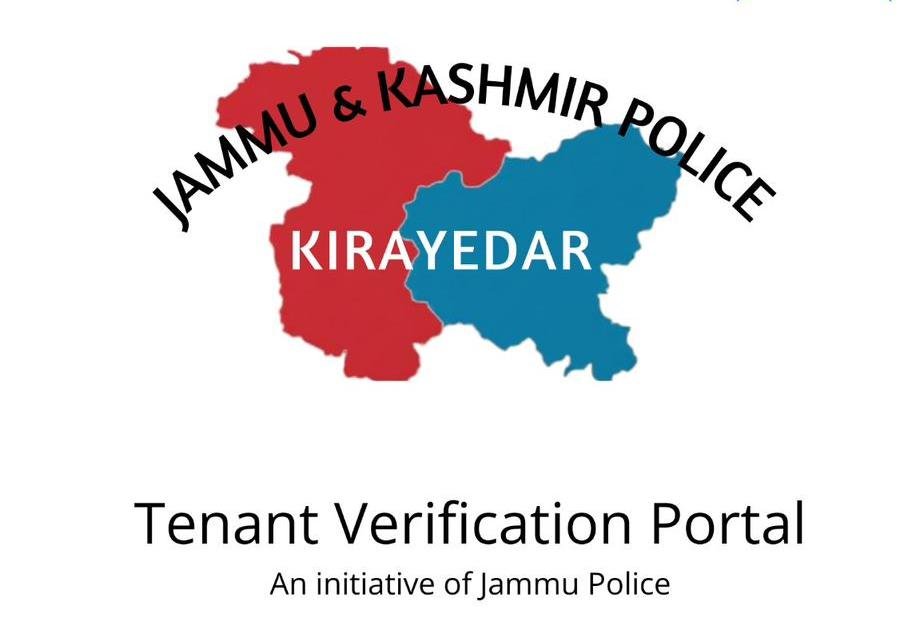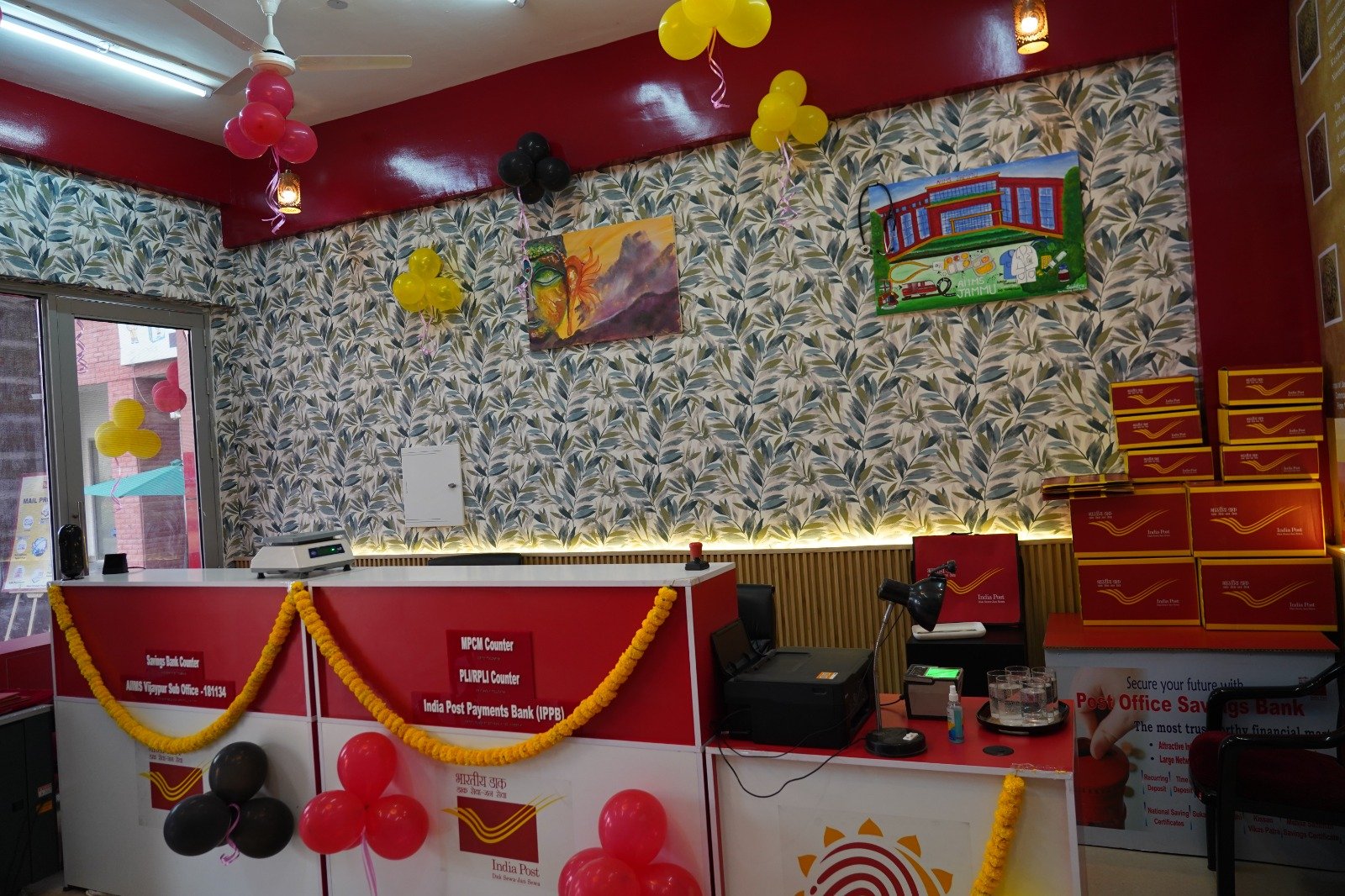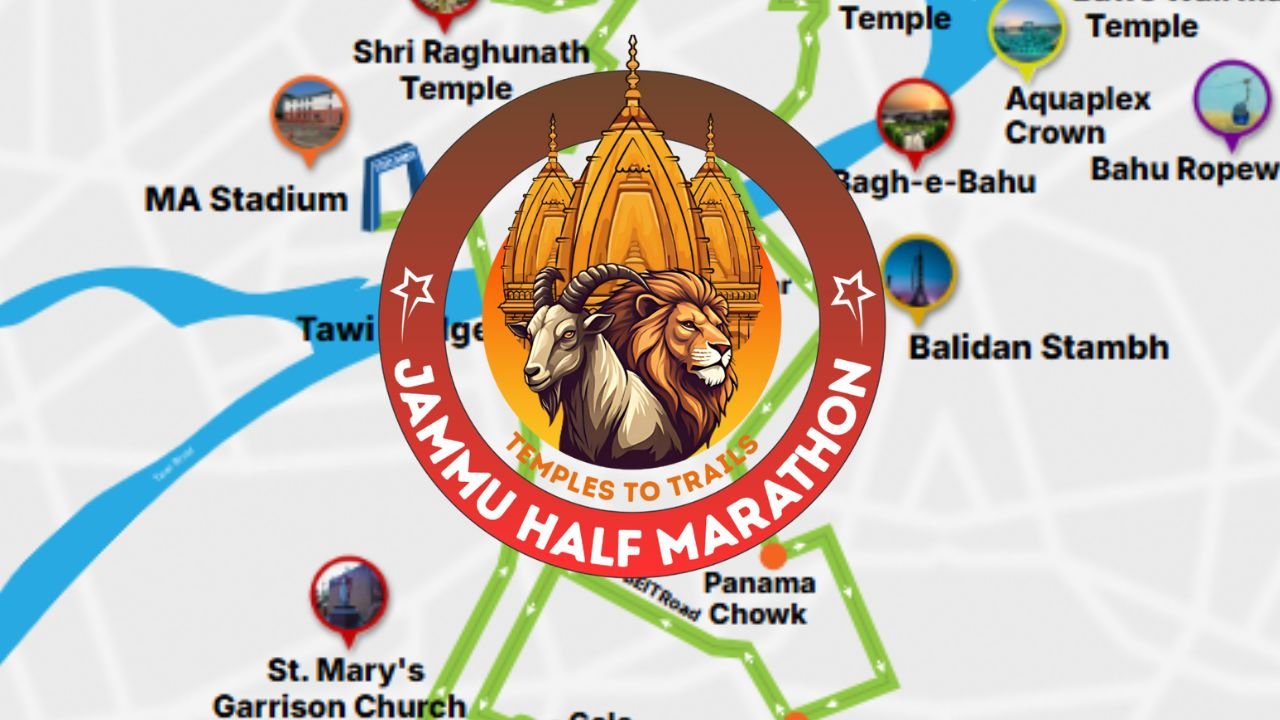The buzzing streets of Jammu are about to experience a major transformation. What once appeared as a maze of e-rickshaws, private buses, and pedestrians is now under the scanner of local authorities. In a move aimed at restoring order and improving traffic safety, the Jammu District Administration has announced strict regulations on e-rickshaws and other electric vehicles, effective October 23, 2025.
Over the past few years, e-rickshaws have rapidly multiplied across Jammu city. Initially celebrated as a green, cost-effective solution for short-distance travel, their uncontrolled expansion has now become a major traffic challenge. Narrow roads, frequent stops, and lack of coordination among operators have turned Jammu’s key routes into bottlenecks.
The Jammu District, Deputy Commissioner has taken a decisive step to streamline traffic flow and restore discipline on the roads through a new zoning and regulation system.
New Zoning Rules for E-Rickshaws in Jammu City
Starting October 23, e-rickshaws, e-autos, and e-carts will operate strictly within their designated zones for an initial period of three months. This regulation aims to reduce congestion, enhance commuter safety, and ensure organized transport operations.
Zone-wise color codes for e-vehicles:
- Zone 1 (South Jammu): Pink Plates
- Zone 2 (North Jammu): Blue Plates
- Zone 3 (Akhnoor): Yellow Plates
- Zone 4 (RS Pura): Red Plates
- Zone 5 (Marh): Green Plates
- Zone 6 (Nagrota): Black Plates
E-vehicles will not be allowed to move between zones except at seven designated crossings. This move will help authorities monitor and manage intra-city mobility more effectively.
Key Restrictions Announced
The administration has also issued clear prohibitions to maintain safety standards:
- E-vehicles are barred from using flyovers, national highways, and state highways within district limits.
- Vehicles registered outside Jammu will not be permitted to operate inside the district.
- Operators must display color-coded plates for easy zone identification.
This zoning initiative, crafted after consultations with the District Road Traffic Authority (DRTA) and various transport unions, ensures that all stakeholders are on board with the new traffic management system.
Deputy Commissioner Rakesh Minhas emphasized that these regulations are temporary but crucial for the city’s growing transport needs. “The order will be reviewed after three months based on compliance and feedback,” he stated.
He urged e-vehicle operators and citizens to cooperate for the success of this initiative, highlighting that the goal is not restriction but smooth, safe, and sustainable transport.
For thousands of daily commuters, this regulation might initially feel restrictive. However, it promises less chaos, better safety, and smoother rides in the long run. With improved route management and monitoring, Jammu could soon see reduced congestion and improved travel time within city limits.
The new order will remain in effect until January 23, 2026, after which the administration will review its effectiveness and decide on long-term implementation. If successful, this model could become a template for other Indian cities grappling with similar e-rickshaw challenges.



